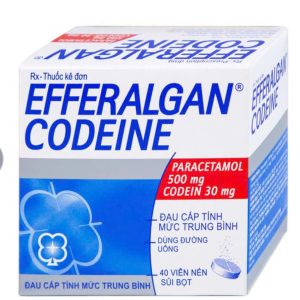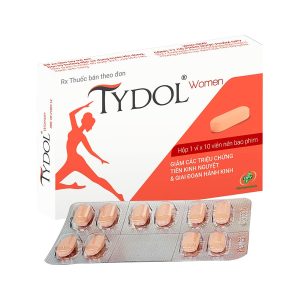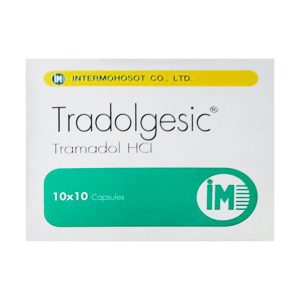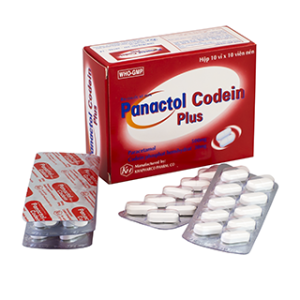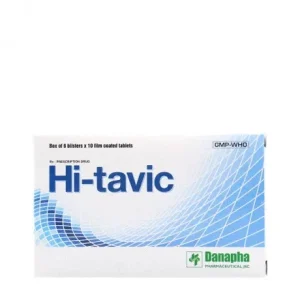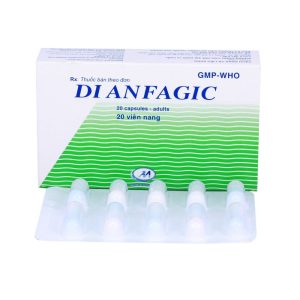We deliver to you every day from 7:00 to 23:00
The best discounts this week
Every week you can find the best discounts here.
Pain Relief Gel: A Comprehensive Guide to Fast Relief
Pain relief gels are a popular choice for individuals looking for quick, effective relief from various types of body pain. Whether it’s a result of muscle strain, joint discomfort, or back pain, these gels are designed to provide targeted treatment directly at the source of the pain. In this article, we will dive deep into what pain relief gels are, how they work, the different types available, their benefits, and how to choose the best one for your needs.
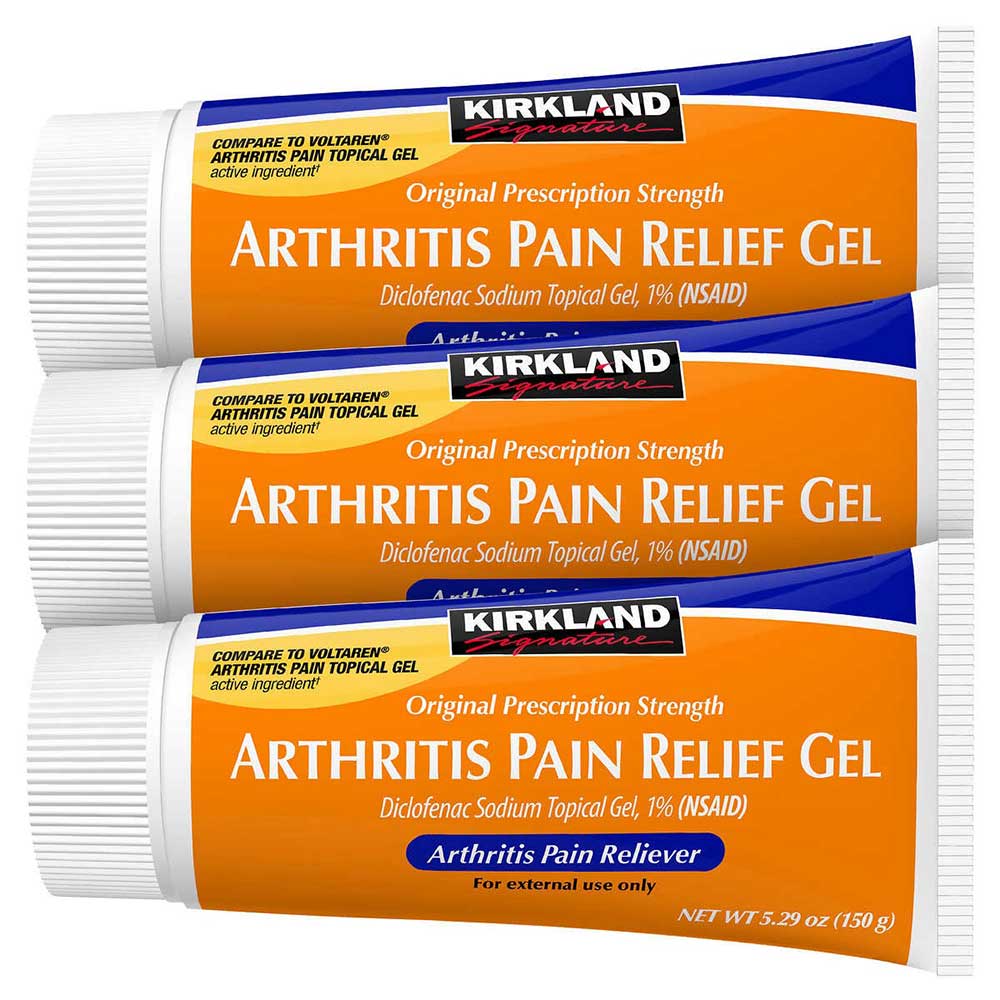
What is Pain Relief Gel?
Pain relief gel is a topical medication that is applied directly to the skin to relieve pain. These gels are designed to work quickly and effectively by delivering active ingredients to the affected area, helping to alleviate discomfort caused by various types of pain, such as muscle pain, joint pain, arthritis, and back pain.
The gel formulation allows for easy application, quick absorption into the skin, and fast-acting relief, making it a preferred choice for many individuals seeking non-invasive solutions for pain management. Pain relief gels are often used for localized pain, targeting the specific area that needs relief without affecting the rest of the body.
How Do Pain Relief Gels Work?
Pain relief gels typically contain active ingredients that work in different ways to alleviate pain. The most common types of active ingredients include:
1. Menthol
Menthol provides a cooling sensation that helps to numb the area and reduce pain. It also increases blood flow to the affected area, which can aid in healing.
2. Camphor
Camphor works similarly to menthol by creating a cooling effect and providing pain relief. It also has anti-inflammatory properties that can reduce swelling and discomfort.
3. Methyl Salicylate (Wintergreen Oil)
This ingredient has anti-inflammatory properties and works as an analgesic to help reduce pain and inflammation in the muscles and joints.
4. Capsaicin
Capsaicin is derived from chili peppers and works by depleting the body’s natural pain-relieving chemicals. Over time, it can help reduce pain sensitivity.
5. Arnica
Arnica is often used in pain relief gels due to its anti-inflammatory and healing properties. It is particularly effective for bruises and muscle soreness.
These ingredients penetrate the skin and target the pain at its source, providing fast relief to muscles, joints, and even nerves.
Types of Pain Relief Gels
There are several different types of pain relief gels available, each formulated to address different types of pain. Here are some of the most common ones:
1. Muscle Pain Relief Gels
These gels are designed to help relieve discomfort from muscle strains, sprains, or overexertion. They often contain menthol or methyl salicylate to provide quick relief.
2. Joint Pain Relief Gels
These gels are formulated to target joint pain caused by conditions such as arthritis, tendonitis, or general wear and tear. They often include anti-inflammatory ingredients like glucosamine, chondroitin, and capsaicin to reduce swelling and pain.
3. Back Pain Relief Gels
Back pain relief gels are specifically designed for the lower back, which is a common area of discomfort. They usually contain a combination of ingredients that help reduce inflammation and muscle tension.

4. Sports Pain Relief Gels
Sports pain relief gels are targeted for athletes or individuals who experience pain due to physical activity. These gels are formulated to provide fast relief from muscle aches, strains, and sprains.
5. Arthritis Pain Relief Gels
Arthritis pain relief gels are designed to target joint pain specifically caused by arthritis. They contain ingredients that reduce inflammation, stiffness, and joint pain, helping individuals with conditions like osteoarthritis or rheumatoid arthritis.
Benefits of Using Pain Relief Gel
There are several advantages to using pain relief gels, including:
-
Localized relief: Pain relief gels provide targeted treatment, so they are ideal for localized pain in specific areas such as the neck, back, knees, or shoulders.
-
Quick action: These gels are absorbed quickly by the skin, which allows for fast relief from discomfort.
-
Non-invasive: Using a gel is a non-invasive method of pain relief, which makes it ideal for individuals who wish to avoid oral medications or injections.
-
Convenience: Pain relief gels are portable and easy to apply, making them a convenient option for people with busy lifestyles or those who need relief on the go.
Fast and Effective Pain Management
Pain relief gels can provide instant relief from pain and inflammation, particularly when applied as soon as symptoms begin. Their ability to work quickly makes them an excellent option for managing pain in real-time.
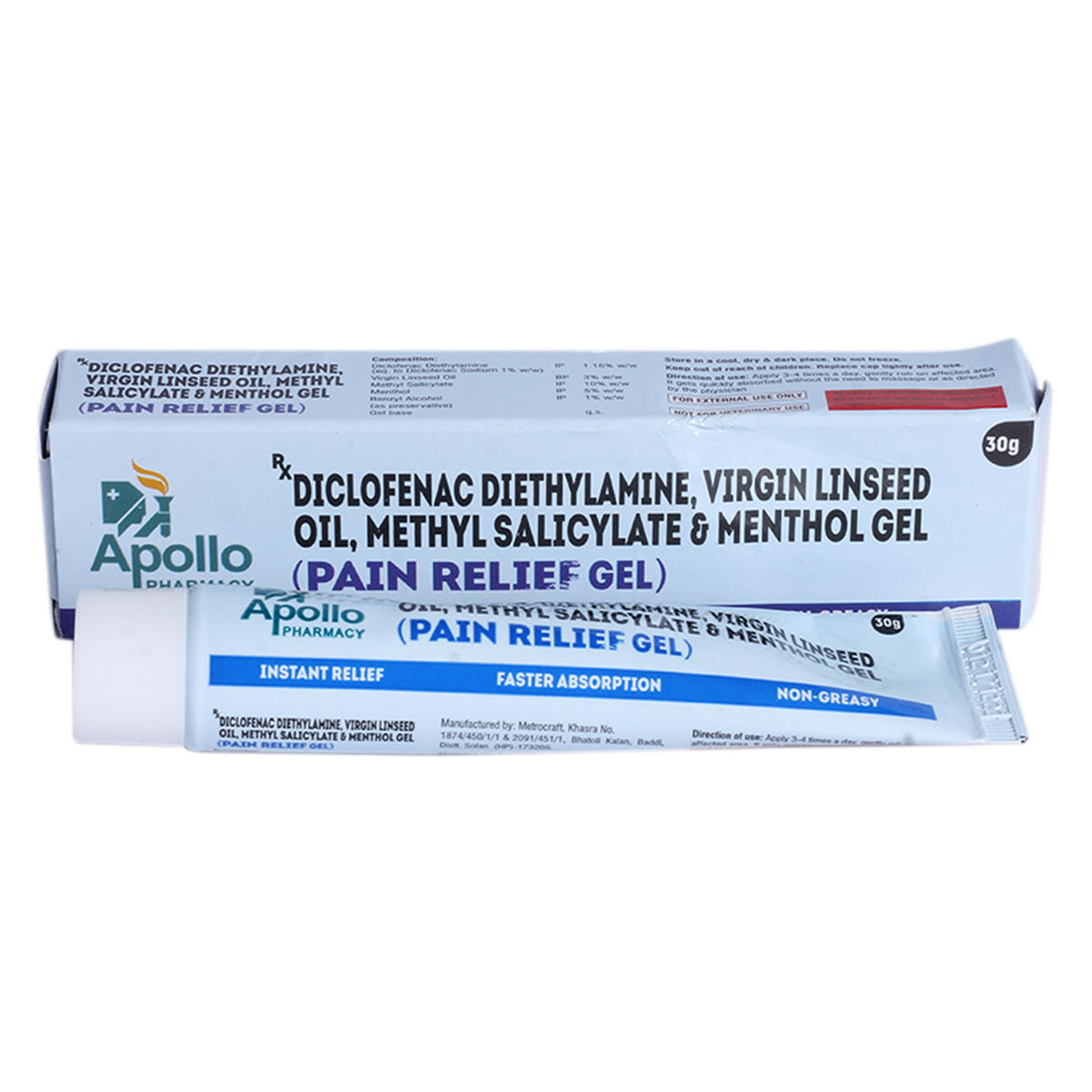
How to Apply Pain Relief Gel
Using pain relief gel is simple and straightforward. Here’s how to apply it correctly:
-
Clean the Affected Area: Wash the area where you plan to apply the gel to ensure it is clean and dry.
-
Apply a Thin Layer: Squeeze a small amount of gel onto your fingers or directly onto the affected area. Spread it evenly.
-
Massage Gently: Massage the gel into the skin using gentle, circular motions. Be sure not to apply too much pressure.
-
Wash Your Hands: After applying the gel, wash your hands thoroughly to avoid transferring any gel to your eyes or mouth.
-
Repeat as Necessary: Follow the instructions on the packaging for how often you can apply the gel. Typically, you can apply it 2-3 times per day.
Choosing the Right Pain Relief Gel
With so many options available, choosing the right pain relief gel can be a challenge. Here are a few factors to consider when selecting a pain relief gel:
-
Type of Pain: Consider the type of pain you are experiencing. For example, if you have muscle pain, look for a gel with menthol or methyl salicylate. For joint pain, choose a gel with ingredients like glucosamine or capsaicin.
-
Ingredients: Always check the ingredients list to ensure the gel contains the active ingredients that are known to relieve your type of pain.
-
Sensitivity: Some pain relief gels may cause skin irritation or an allergic reaction. Always test the gel on a small patch of skin before applying it to a larger area.
-
Brand Reputation: Choose a trusted brand with positive reviews and a proven track record for quality and effectiveness.
Risks and Side Effects
While pain relief gels are generally safe, there are a few risks and side effects to be aware of:
-
Skin Irritation: Some individuals may experience mild irritation or redness at the site of application.
-
Allergic Reactions: In rare cases, an individual may have an allergic reaction to the active ingredients, which can cause itching, swelling, or a rash.
-
Overuse: Overusing pain relief gel can lead to skin damage or worsen side effects. Always follow the instructions provided.
Frequently Asked Questions (FAQs)
1. Are pain relief gels safe to use every day?
Yes, pain relief gels can be used daily as long as you follow the instructions on the packaging. However, if you experience any irritation or side effects, discontinue use and consult a doctor.
2. Can I use pain relief gel on broken skin?
No, you should not apply pain relief gel on open wounds or broken skin, as it may cause irritation or further complications.
3. How long does it take for pain relief gels to work?
Pain relief gels typically start working within minutes of application. However, the full effects may take 30 minutes to an hour to be felt.
4. Can pain relief gels be used for chronic pain?
Yes, pain relief gels can be effective for managing chronic pain, especially when used regularly as part of a comprehensive pain management plan.
5. Can I use pain relief gel with other medications?
It is usually safe to use pain relief gels with oral medications, but always check with your doctor if you are taking other treatments, especially if they are for pain management.
Conclusion
Pain relief gels are an effective and convenient solution for managing localized pain. Whether you’re dealing with muscle strain, joint discomfort, or arthritis, these gels offer fast, targeted relief. When selecting the right gel, be sure to consider the type of pain you’re experiencing and any potential allergies or sensitivities. Always follow the recommended usage guidelines and consult a healthcare provider if you have concerns.
By incorporating pain relief gels into your pain management routine, you can enjoy quick relief, helping you get back to your daily activities with minimal discomfort.

